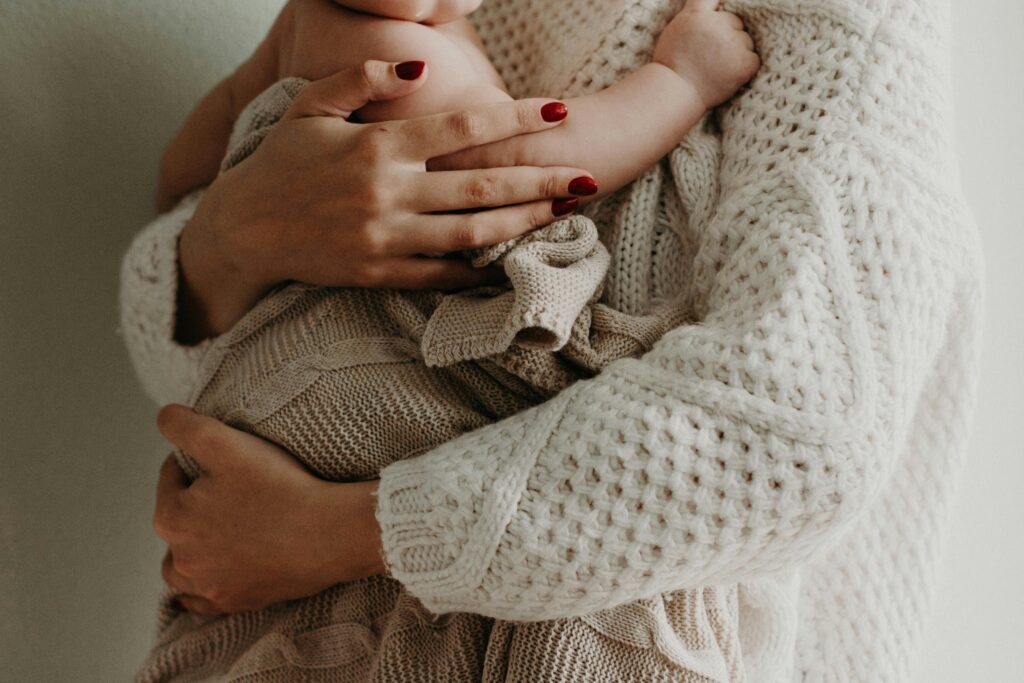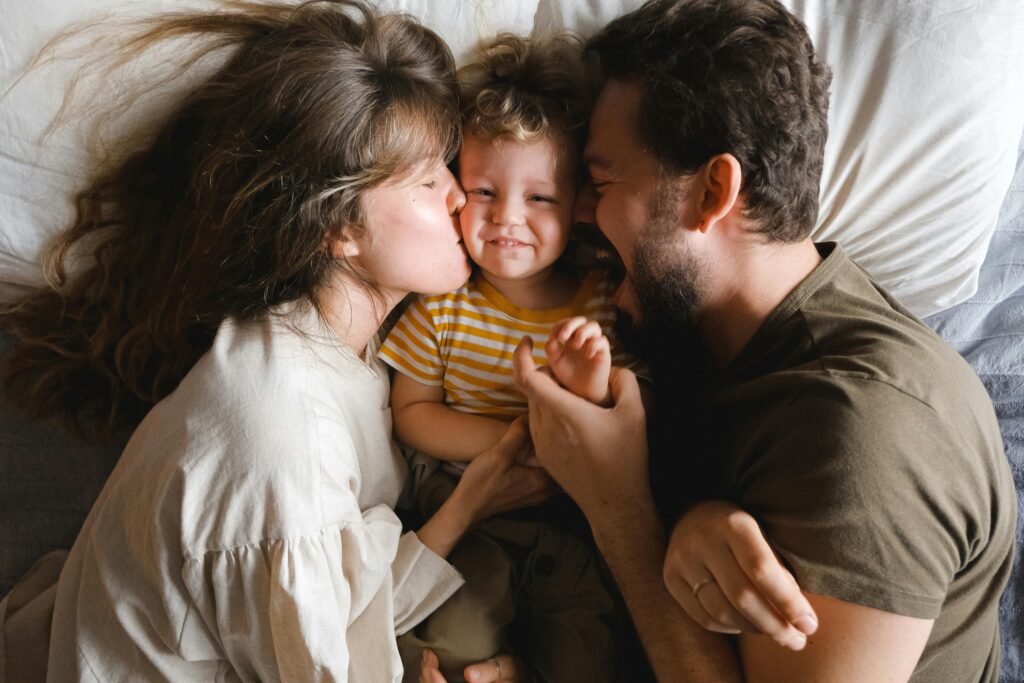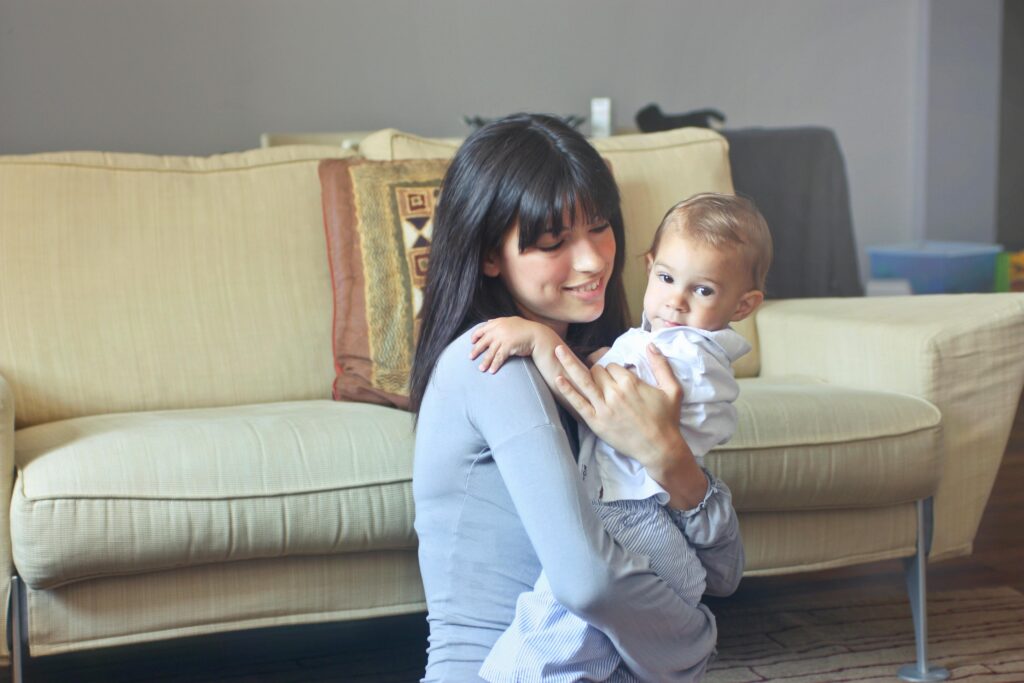Hugging and Cuddling Kills Depression, Relieves Anxiety, and Even Strengthens the Immune System Here’s Why You Should Do It More Often!

Have you ever noticed how a single hug can melt away a heavy day? How, in just a few seconds, the weight on your shoulders seems to lift not because your problems disappeared, but because for a moment, you didn’t have to carry them alone?
Now here’s the wild part: science backs that feeling up.
A 20-second hug can lower blood pressure. A good cuddle can strengthen your immune system. Skin-to-skin contact can ease anxiety, reduce pain, and even quiet the kind of fear that gnaws at your soul. It’s not just poetic it’s physiological.
Yet somehow, in a world more “connected” than ever, we’re starved for the very thing our bodies crave most: real human touch.
We scroll. We text. We stay six feet apart. But we forget that something as simple and instinctive as a hug can be more powerful than any prescription. It speaks in a language the body understands: you’re safe, you matter, you’re not alone. So what if the medicine we need isn’t locked in a bottle… but resting in an open pair of arms?
How Hugs Heal the Body
We often think of medicine as something prescribed a pill, a treatment, a protocol. But the most ancient form of healing may be something far more intuitive: touch.
When you embrace someone you care about, your body responds with a beautiful cascade of biochemical changes. It’s not magic. It’s neurobiology. And it begins with oxytocin the “cuddle hormone.”
Oxytocin is released during moments of physical affection like hugging, cuddling, and skin-to-skin contact. This powerful neuropeptide does more than make you feel close to someone it actively reduces cortisol, the stress hormone that contributes to anxiety, inflammation, and high blood pressure. In one study, couples who held hands and hugged before experiencing a stressful event had significantly lower blood pressure and heart rates than those who didn’t. In essence, love buffered their biology.
But oxytocin doesn’t work alone. A meaningful hug also triggers the release of dopamine, which gives you that pleasurable “feel-good” rush, and serotonin, which stabilizes mood and combats depression. This hormonal trifecta works in harmony to lower stress, lift your spirits, and even ease physical pain.

It’s no surprise, then, that therapeutic touch has shown promising results for people living with chronic pain conditions. In studies with fibromyalgia patients, light touch including hugging improved quality of life and reduced discomfort. Why? Because physical contact can block pain receptors, reduce inflammation, and increase circulation to muscles and soft tissue.
Even more remarkably, hugs can boost your immune system. The gentle pressure of a hug stimulates the thymus gland the organ responsible for regulating the production of white blood cells. These are your body’s frontline defenders against illness. A study from Carnegie Mellon University found that people who received more hugs were less likely to catch a cold when exposed to a virus, and if they did get sick, their symptoms were milder.
There’s also a physiological shift that happens deep in your nervous system. Hugging activates the parasympathetic nervous system, which is responsible for rest, repair, and recovery the opposite of the fight-or-flight response. When this system kicks in, your body starts to heal. Your breath slows. Your muscles relax. Your heart rhythm stabilizes. In that space, you’re no longer just surviving you’re recovering.
And it doesn’t take much. Just 10 seconds of heartfelt hugging can help the body fight infection and fatigue. A 20-second embrace? That can significantly reduce the harmful effects of stress and promote a healthier heart.
How Hugs and Cuddles Protect Mental Health

In a world that often celebrates independence and emotional self-sufficiency, we forget something essential: we were never meant to do life alone. And while words can comfort, touch has a power all its own a language that bypasses logic and speaks directly to the soul.
Hugging and cuddling aren’t just nice things we do when we’re feeling affectionate. They are psychological survival tools silent guardians of our mental health.
The Antidote to Anxiety and Depression
One of the most potent effects of hugging is its ability to regulate the nervous system. During a hug, your body reduces cortisol (the stress hormone) and releases oxytocin, serotonin, and dopamine a chemical cocktail that lifts your mood, settles your thoughts, and brings emotional clarity.
Studies have shown that even brief, meaningful hugs can reduce symptoms of depression, particularly when people feel isolated or emotionally burdened. When you’re held by someone you trust, your brain gets a clear signal: you are not alone. That simple truth can short-circuit a spiral of anxiety or sadness.
It’s not just speculation. In one fascinating study, even hugging an inanimate object like a teddy bear helped participants feel less afraid of death and reduced existential anxiety. If that’s the power of symbolic touch, imagine the healing in a real, heart-to-heart embrace.

Shielding Against Loneliness
Loneliness isn’t just a feeling it’s a risk factor for mental illness, cognitive decline, and even early death. But physical touch acts as an antidote. Regular hugs help fulfill a deep psychological need: to belong. They affirm our place in the world. They say, You matter. You’re part of something.
One study found that participants with stronger support systems who received hugs frequently not only had fewer illnesses, but reported significantly higher emotional well-being. This sense of connection isn’t just comforting; it’s essential for psychological resilience.
Building Trust and Emotional Safety
Hugging also plays a profound role in emotional intimacy. It helps us feel safe, allowing us to let our guard down. Oxytocin, released during touch, enhances feelings of trust and bonding. It quiets the amygdala the brain’s fear center making us more open, empathetic, and less reactive.
This is why hugs are often the first response to grief, heartbreak, or fear. They don’t require solutions or explanations just presence. Just being there in a moment of emotional turbulence.
Mental Health in Everyday Moments
The mental health benefits of hugging aren’t just for the big emotional breakdowns. They show up in everyday life: that brief squeeze from a friend, the cuddle before sleep, the lingering hug at the end of a long day. These moments add up, creating a buffer between you and the pressures of modern life.
As psychologist Dr. Joe Rock put it, hugging “connects us with others and lets down some of our defenses.” In doing so, it doesn’t just comfort it protects.
From Newborns to the Elderly

From the moment we enter the world, we seek it the warmth of a body, the comfort of skin against skin. And as we grow older, the need for touch doesn’t fade it simply changes form. Hugging and cuddling are not bound by age or circumstance. They are vital forms of nourishment, as essential to human flourishing as food and water. Let’s take a walk through life and see how touch shapes us from our very first breath to our final years.
Newborns: Touch Is Survival
For a newborn, touch is everything. It regulates breathing, stabilizes temperature, improves digestion, and promotes weight gain. In fact, studies show that skin-to-skin contact often called kangaroo care can increase a premature baby’s chances of survival by over 30%. It helps regulate the infant’s stress response, supports brain development, and improves long-term emotional bonding with parents.
Cuddling doesn’t just soothe a baby it literally builds their body and brain. It increases oxytocin levels in both baby and parent, creating a deep emotional connection and establishing a secure attachment foundation. This early bond shapes how a child experiences love, trust, and safety for years to come.
Children and Teens: Building Confidence and Emotional Intelligence
As children grow, hugs become powerful tools for emotional regulation. When a child is overwhelmed, afraid, or simply overstimulated, a hug can calm their nervous system more effectively than words. This physical connection builds emotional intelligence helping kids understand what it feels like to be comforted and safe.
And during adolescence, a time when self-esteem is fragile and identity is still forming, appropriate affection from trusted adults can foster confidence and resilience. Touch during these years helps affirm identity, ease stress, and even decrease the likelihood of developing mood disorders.
Adults: The Anchor in Intimacy and Stress Relief
In adulthood, hugs take on a new dimension. They become a language of intimacy, affirmation, and connection. Romantic partners who engage in regular physical affection hugging, kissing, cuddling report greater relationship satisfaction, lower stress levels, and better health outcomes.
But it’s not just about romance. Hugging close friends or family members builds emotional bonds, lowers blood pressure, and boosts immune health. At work, in friendships, or during crisis moments, physical touch communicates what words often cannot: I see you. I care. You’re not alone.
Even a simple 10-second hug at the end of a long day can restore balance and soothe emotional fatigue.
The Elderly: Touch as a Lifeline
In older age, the body slows down but the need for connection does not. In fact, it often becomes more urgent. Many elderly people suffer from touch deprivation, especially those living alone or in care facilities. This lack of physical affection is linked to increased feelings of isolation, depression, and even cognitive decline.
Hugging can be a powerful remedy. Studies show that regular, warm touch reduces loneliness, improves sleep, decreases anxiety, and even sharpens memory in seniors. In this stage of life, a simple hand on the shoulder, a warm embrace, or a cuddle with a grandchild can be profoundly healing.
Reclaim the Power of Touch

We live in a world that often prioritizes productivity over presence, screens over skin, and connection over Wi-Fi instead of heartbeats. But reclaiming the power of touch isn’t just possible it’s necessary. You don’t need to overhaul your life or become a walking hug dispenser. You just need to start intentionally. Here’s how you can bring more healing, connection, and calm into your life one embrace at a time.
Start Close: Hug the People You Trust
The safest and most meaningful hugs come from those closest to us. Begin with the people already in your circle your partner, children, parents, siblings, or friends. Don’t wait for a special occasion. Hug when they leave. Hug when they return. Hug when there’s joy. Hug when there’s nothing to say at all.
If you feel shy or uncertain, start small. Even brief, sincere contact can create change. Research shows that 5 to 10 seconds is the sweet spot for maximizing the emotional and physical benefits of a hug.
Follow the 4-8-12 Rule
Family therapist Virginia Satir once said, “We need four hugs a day for survival, eight for maintenance, and twelve for growth.” Turns out, she wasn’t exaggerating. Studies support the idea that frequent, affectionate touch is linked to greater emotional stability, lower stress, and even physical healing.
Treat hugs like vitamins daily, consistent, and essential. Track them if you have to. Your body and mind will thank you.
Get the Hug Right: Technique and Timing
Not all hugs are created equal. According to research, the crisscross arm style where each person places one arm above the other’s shoulder and one below the arm is the most natural and comforting. This form accounted for 66% of all hugs in a recent study and ranked highest in emotional impact.
Duration also matters. A 10-second hug can release enough oxytocin to boost mood and reduce stress. A 20-second hug? That’s medicine. It calms the heart, reduces blood pressure, and builds deeper connection. Be present. Be still. Let the hug breathe.

Use Touch Alternatives When Needed
Sometimes, human touch isn’t accessible due to distance, illness, or personal boundaries. In those cases, intentional substitutes can still offer comfort:
- Hug your pet: Many of the same calming benefits apply. Just be sure your animal is receptive.
- Cuddle a body pillow or weighted blanket: These mimic the grounding sensation of a hug and can reduce anxiety, especially before sleep.
- Engage in self-soothing touch: Placing your hand over your heart or wrapping your arms around yourself can still activate your parasympathetic nervous system.
- Massage and skin-care rituals: Gentle self-touch or professional massage can ease tension and provide nurturing sensations.
Relearn How to Ask and Offer Affection
One of the biggest barriers to physical connection isn’t fear it’s hesitation. Many of us have grown unsure of when it’s okay to hug, or how to ask for one. But vulnerability is powerful. A simple, “Can I give you a hug?” or “I could really use a hug right now,” opens a door for real connection.
Be mindful of consent. Be respectful of personal space. But don’t let discomfort silence the urge for closeness. In many cases, others are just as touch-starved as you.
Create Rituals of Connection
Consider building moments of touch into your daily or weekly routines:
- A morning or bedtime hug with your partner or child
- A regular cuddle session on the couch with a loved one or pet
- A weekly check-in with a friend that ends (or begins) with a warm embrace
You don’t have to wait until things fall apart to reach out. In fact, hugging before stress hits can build the emotional reserves that help carry you through.
Don’t Just Read This Go Hug Someone
In a time when the world tells us to be strong, independent, and self-contained, hugging reminds us of a deeper truth: we are wired for connection. Not just emotional connection, but physical, tangible closeness. The kind you can feel in your bones. The kind that silences anxiety, softens sadness, and heals what words never could.
A hug is more than affection. It’s medicine one with no side effects, no dosage limits, and no prescription required.
So maybe the challenge isn’t just to hug more. Maybe it’s to live more open, more present, more willing to reach out and be reached.
Next time someone you care about walks into the room, don’t hesitate. Open your arms. Close the gap. Hold on for ten, twenty, maybe even thirty seconds.
Because somewhere in that silent space between two hearts beating close together, healing begins.
And maybe, just maybe, the world changes one hug at a time.
Loading...

